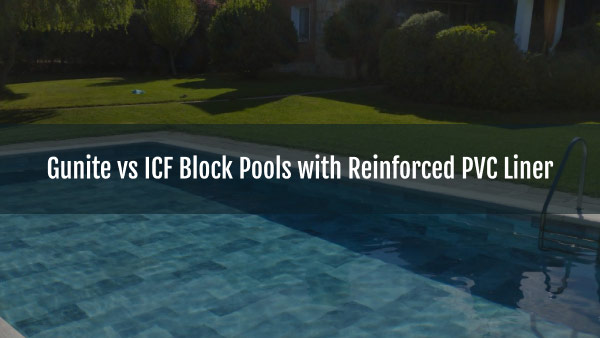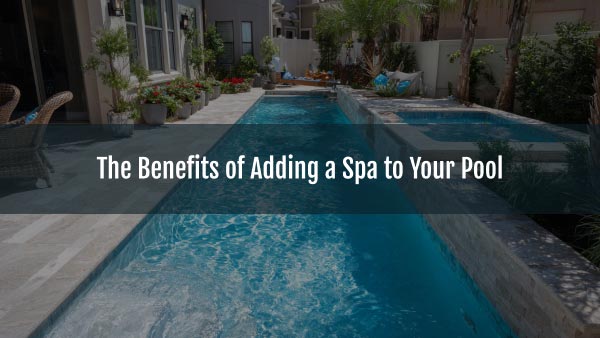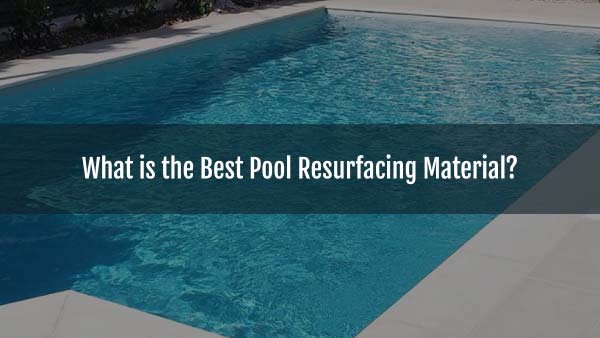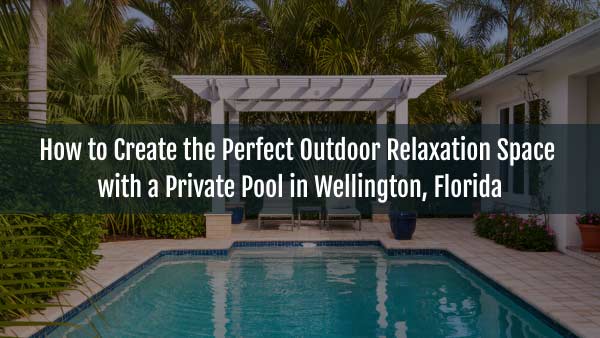Owning a swimming pool provides comfort and enjoyment. However, it can also be a significant consumer of energy and cause environmental problems if not used wisely. In 2025, homeowners across the United States are considering how to make their pools more energy efficient and environmentally friendly. By utilizing modern technologies, materials, and methods, you can reduce your pool’s environmental impact and lower your costs.
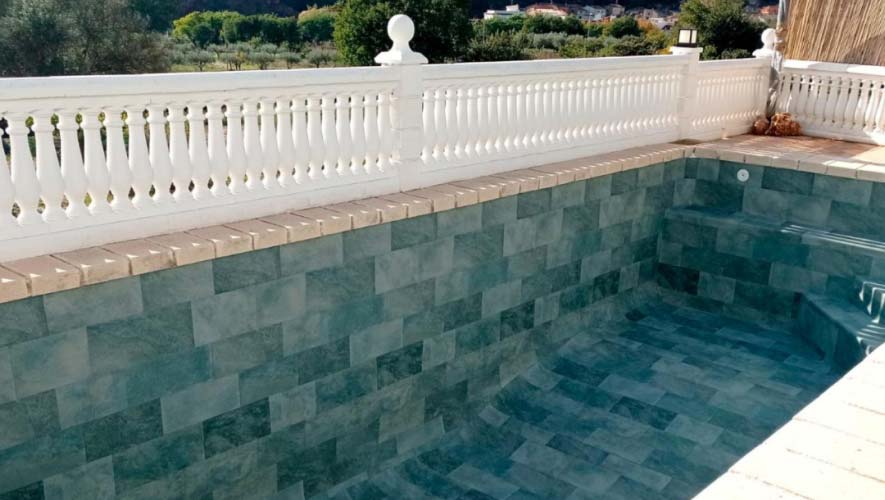
Why Go Green with Your Pool?
Energy-efficient and environmentally friendly pools save on utility costs, reduce water consumption and chemical waste, and are in line with growing trends in environmental sustainability. With rising energy prices and increasing environmental requirements, these improvements not only benefit the planet, but also increase the lifespan and appeal of your pool. Whether you are renovating an existing pool or maintaining a new one, these strategies will help you create a more environmentally friendly backyard retreat.
Upgrade Your Pool Lining
The choice of pool lining plays an important role in both efficiency and environmental friendliness. Replacing outdated or damaged linings with modern materials can significantly reduce maintenance costs and environmental impact.
- Choose thick reinforced PVC membranes: These linings are very durable, resistant to UV rays, chemicals, and tears, and can last for 20+ years. Their smooth surface minimizes algae growth, reducing the need for harsh chemical treatments. Unlike traditional plaster and tile, thick reinforced PVC membranes, such as Cefil 60 mil pool liner, are easier to install and maintain, saving water and energy during cleaning. They are also available in a variety of colors, allowing you to improve the aesthetics of your pool while supporting environmental goals. And thanks to their good thermal insulation properties, they slow down the cooling of the water, serving as a kind of barrier between the water and the concrete base of the pool.
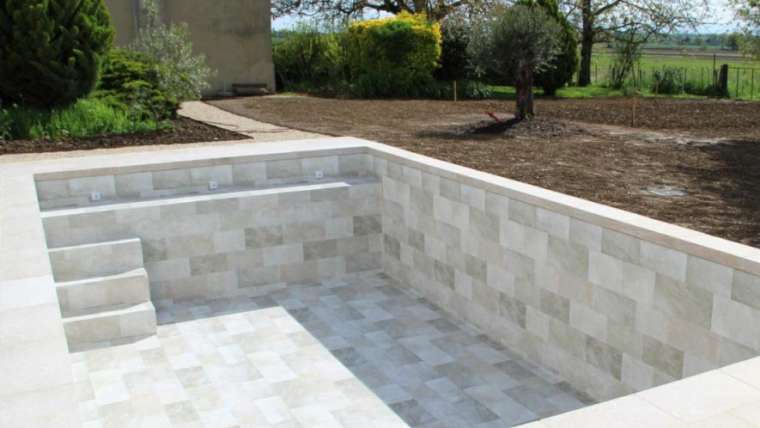
- Consider using dark coatings: Dark PVC liners absorb more sunlight, naturally heating the water and reducing heating costs, especially in cooler regions.
- Perform repairs in a timely manner: A well-maintained covering prevents leaks that lead to water and energy loss. Thick reinforced PVC membranes are particularly effective at maintaining watertightness, minimizing water loss.
Invest in Energy-Efficient Equipment
Upgrading your pool equipment is one of the most effective ways to improve its efficiency. Modern systems consume less energy while maintaining high performance.
- Variable speed pumps: These pumps adjust their speed according to demand, consuming up to 70% less energy than single-speed models. They are ideal for pools of any size and climate
- LED lighting: Replace incandescent or halogen bulbs with energy-efficient LEDs, which consume up to 80% less energy and last longer. Programmable color-changing LEDs create the desired atmosphere without compromising efficiency
- Solar pool heaters: Use solar energy to heat your pool, reducing your dependence on gas or electric heaters. Solar heaters are cost-effective in sunny states such as Florida and Texas, significantly reducing energy costs.
Optimize Water Management
Water conservation is key to an environmentally friendly pool. Smart water management reduces waste and maintains water quality with minimal impact on the environment.
- Install a pool cover: A high-quality cover reduces evaporation by up to 90%, conserving water and heat. Automatic covers are convenient and effective, especially in arid regions.
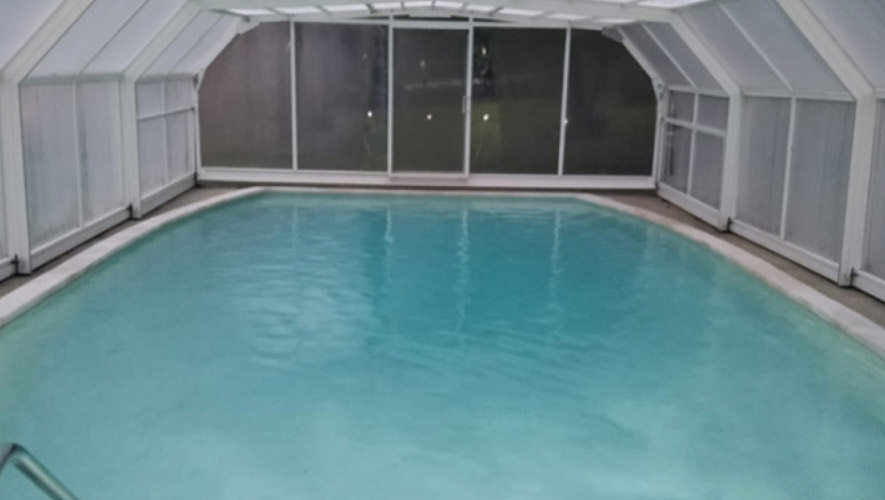
- Use advanced filtration systems: Cartridge or diatomaceous earth filters require less backwashing than sand filters. This can save thousands of gallons of water per year. They also keep the water clean, reducing the use of chemicals.
- Implement rainwater harvesting: Collect rainwater to fill your pool, minimizing your dependence on municipal water supplies. This is especially practical in rainy areas.
Switch to Eco-Friendly Chemicals
Traditional pool chemicals can harm the environment if not used with care. Switching to more environmentally friendly alternatives reduces the impact on the environment.
- Switch to a saltwater system: Saltwater pools use a chlorine generator that requires fewer chemical additives. They are gentler on the skin and the environment, and are popular in coastal states.
- Use natural enzymes: Enzyme-based cleaners break down organic contaminants, reducing the need for harsh chemicals. They are safe for both your pool and local ecosystems.
- Monitor the chemical composition of the water: Smart sensors can track pH and chlorine levels, ensuring accurate chemical dosing to avoid overuse, which can pollute wastewater.
Enhance Landscaping
Thoughtful landscaping around your pool can improve energy efficiency and reduce environmental impact while enhancing aesthetics.
- Plant native species: Native plants, such as those suited to the climate of Texas or Arizona, require less water and maintenance, creating a natural barrier that reduces evaporation
- Install shade structures: Pergolas or awnings reduce direct sunlight on the pool, lowering water temperature and evaporation rates. They also provide comfort for swimmers
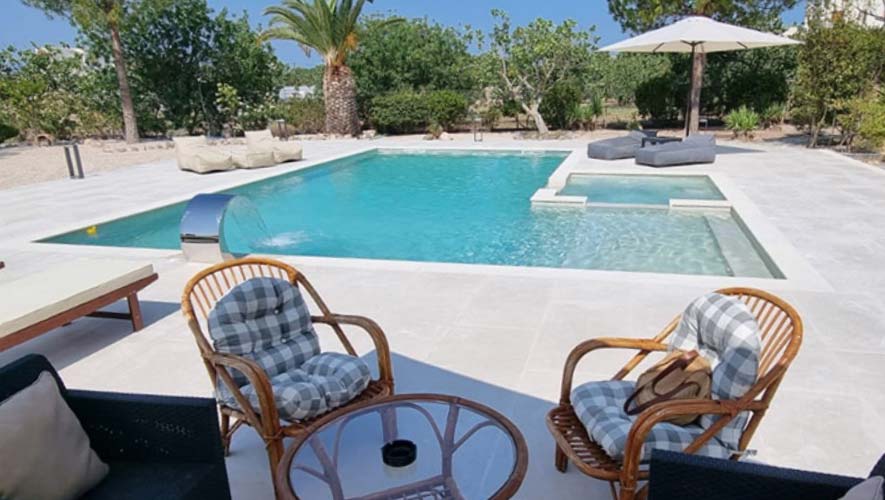
- Use permeable pavements: permeable materials allow water to seep into the ground, reducing runoff and maintaining groundwater levels
Adopt Smart Technology
Intelligent technologies simplify pool management by optimizing energy and water consumption and providing convenience.
- Smart pool controllers: These systems allow you to control pumps, heaters, and lighting using smartphone apps, ensuring that equipment only runs when necessary. They are popular in the US due to their efficiency.
- Automatic chemical dispensers: These devices regulate chemical levels based on real-time data, preventing overuse and reducing environmental impact.
- Solar-powered accessories: From floating lights to cleaning robots, solar-powered gadgets minimize energy consumption, making them ideal for environmentally conscious homeowners.
Regular Maintenance for Efficiency
Regular maintenance ensures that your pool operates at maximum efficiency, reducing energy and resource consumption.
- Clean filters regularly: Clogged filters cause pumps to work harder, increasing energy consumption. Regular cleaning extends the life of your equipment and maintains its efficiency
- Check for leaks: Even small leaks result in water and energy loss. Thick reinforced PVC membranes help prevent leaks, but regular checks are essential
- Proper winterization: In colder regions, such as Minnesota, proper winterization prevents damage to equipment and liners, avoiding costly repairs and water loss
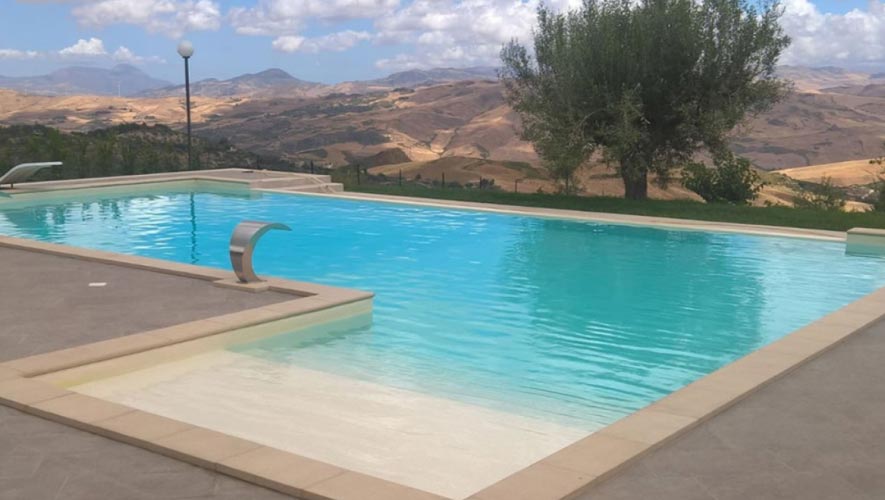
Have Questions?
Talk to our specialist! Just fill out the form, and we’ll give you a call!
Your Path to a Greener Pool
Improving the energy efficiency and environmental friendliness of your pool is good for both your wallet and the planet. By switching to a thick reinforced PVC membrane, investing in energy-efficient equipment, optimizing water management, using environmentally friendly chemicals, improving landscape design, implementing smart technology, and carefully maintaining your pool, you can create an environmentally sustainable oasis in your backyard. Start with one or two changes and enjoy a more environmentally friendly and economical pool in 2025. For all questions related to the repair and reconstruction of cladding, or pool remodeling, you can consult with SAKKO POOL, your pool construction company in Wellington. We assess the condition of the pool, calculate the estimate, and implement all types of thick reinforced PVC liners.

